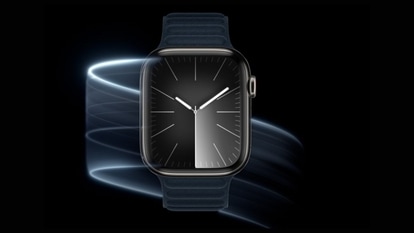Venus and Jupiter 'Kiss' today! Know how to catch planetary conjunction
Venus and Jupiter will take part in a rare planetary conjunction today, March 2. This rare 'kiss' can be witnessed not just with telescopes, but with binoculars too. Know when, where and how to witness this rare conjunction.
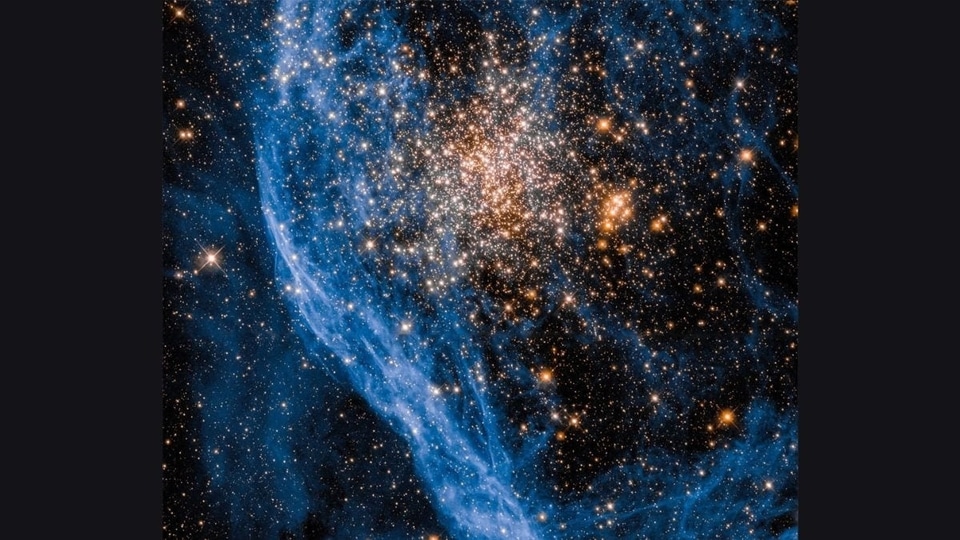
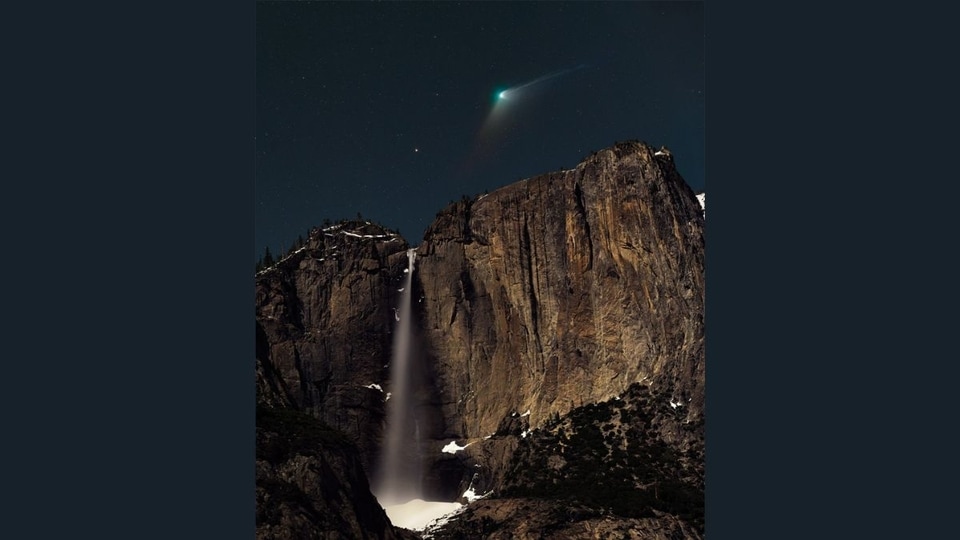
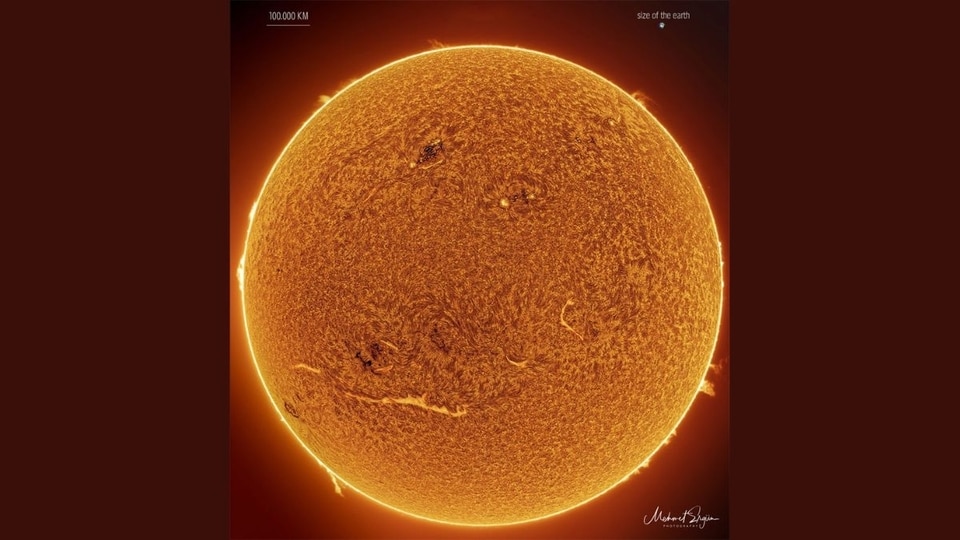
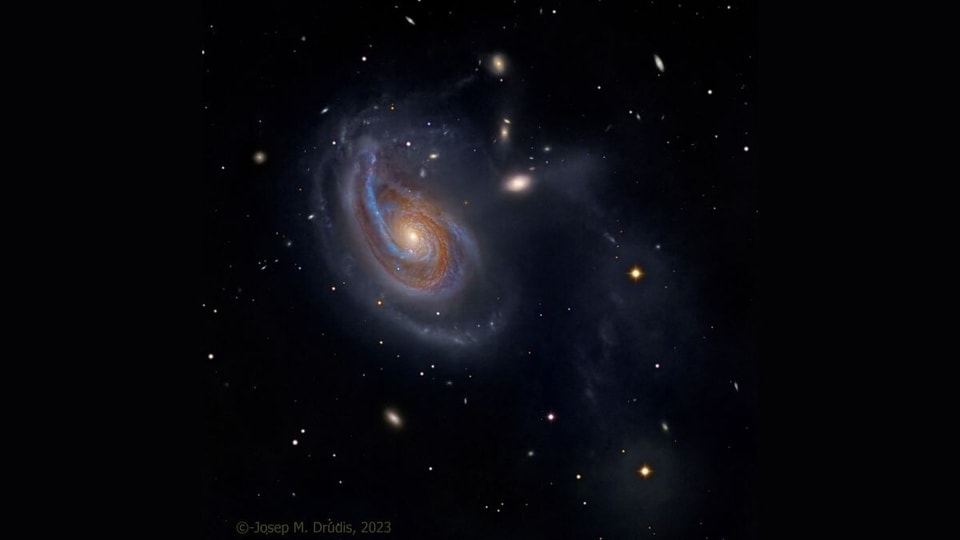
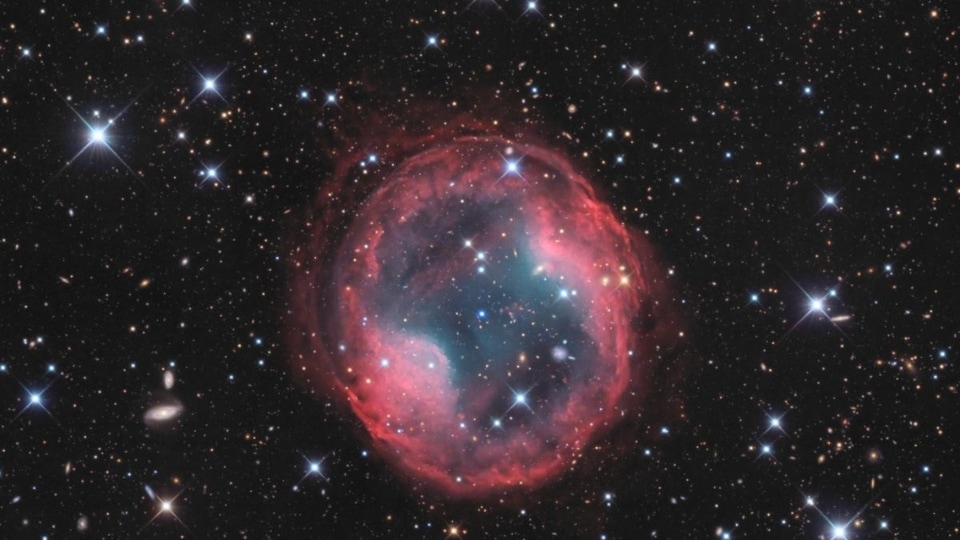

 View all Images
View all ImagesAfter Comet ZTF passed near Earth some 50000 years after its last trip, another rare celestial phenomenon is expected to take place today. A planetary conjunction involving Venus and Jupiter will take over the skies later today. Although both planets are already visible in the night sky this month, they will be extremely close in proximity. The Venus and Jupiter conjunction is a great chance for astronomers and skywatchers see an amazing event.
If you do not want to miss this chance, know the details and how you can witness the Venus and Jupiter conjunction here.
Jupiter and Venus conjunction
The hottest and the largest planet of our solar system will meet in a planetary conjunction today. The planets will come so close that they will appear to ‘kiss'. According to In the Sky, Venus and Jupiter will pass within just 29.4 arcminutes or 0.5 degrees of each other. Venus will be at mag -4.0; and Jupiter will be at mag -2.1. Both planets will lie in the constellation Pisces. Astonishingly, the Moon will join this planetary conjunction too.
Planetary conjunction simply signifies that two planets appear close together in Earth's night sky. Thankfully, in the case of our Earth's solar system, such planetary conjunctions happen way too frequently because our sister planets travel around the Sun in an almost similar ecliptic plane.
While Venus is the hottest planet, Jupiter is a massive gas giant. In fact, it is so big that you can fit almost 1400 Venuses in Jupiter. It is also referred to as a failed sun. Venus is much closer to Earth than Jupiter. Despite the distance, Jupiter will still have a larger angular size in the sky as compared to Venus.
How to watch Venus and Jupiter Conjunction
The planetary conjunction of Venus and Jupiter will not only be visible within the field of view of a telescope but can also be seen through binoculars. According to In the Sky, the Venus-Jupiter conjunction can be witnessed today, March 2, 2023, which is when they will be closest in the sky.
This Venus and Jupiter Conjunction will occur around dusk today at 6:35 PM IST. Look to the sky 25° above the western horizon to catch a glimpse of this rare phenomenon.
Catch all the Latest Tech News, Mobile News, Laptop News, Gaming news, Wearables News , How To News, also keep up with us on Whatsapp channel,Twitter, Facebook, Google News, and Instagram. For our latest videos, subscribe to our YouTube channel.



































